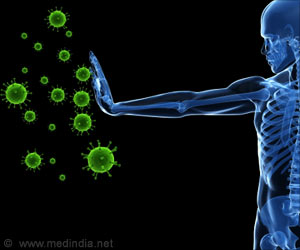Air pollution threatens health and longevity. Immediate action is needed, from reducing vehicular emissions to investing in renewable energy and healthcare systems.

At a cascaded level, air pollution is bad and poses an immediate danger to public health, and it already claims millions of lives around the globe. Currently, 22 out of 35 stations in Delhi registered an air quality index (AQI) of 500, which is pollution above the safe limit boundary.
Restrictions were placed once again on old diesel vehicles and construction bans, as well as under the Graded Response Action Plan(GRAP). However, according to the 24-hour AQI, “very poor” remained at 349, and thus the crisis continues.
Effect of Air Pollution on Lung Cancer
Air pollution is the second leading cause of lung cancer and it can worsen lung cancer survival. More number of non-smokers including women and children are diagnosed with lung cancer. Nearly 50% of lung cancer cases are non-smokers due to air pollution.
Polluted air contains at least 70 chemicals classified as class-I carcinogenic agents linked to cancer. Particulate matter (PM 2.5) and toxic gases carry the carcinogens deep into the lungs where they integrate into lung tissues and cause cellular damage.
Ground-level ozone is formed due to the interaction of pollutants from vehicles and factories with volatile compounds or oxides of nitrogen. Lung tissue damage is aggravated when exposed to ozone in persons with pre-existing respiratory conditions.
Northern India, particularly Delhi, experiences the highest pollution levels. However, cities in southern and western India are also rapidly approaching similar levels of pollution.
According to the University of Chicago, air pollution shortens the life expectancy of Indians by 5 to 5.5 years on average, with people in the North losing 8.5 to 9.5 years.
Advertisement
Approaches to Reduce Air Pollution
- Avoid burning waste and unnecessary use of vehicles.
- Use energy-efficient appliances and adopt sustainable practices like composting and planting saplings.
- Participate in and advocate for public awareness campaigns.
- Encourage local initiatives to reduce waste and promote clean energy.
- Enforce stricter controls on pollutants beyond the current 12 monitored categories.
- Accelerate the transition to renewable energy sources and phase out fossil fuels.
- Develop strategies to reduce vehicular and industrial emissions.
- Improve healthcare systems to address pollution-related diseases effectively.
- Invest in research to develop innovative technologies and strategies to combat air pollution.
Addressing air pollution requires a multi-faceted approach involving individual, community, and policy-level interventions. Without urgent action, the health and longevity of current and future generations will remain at significant risk. Prioritizing health and fostering sustainability is important for achieving cleaner air and a healthier future.
Reference:
- PARLIAMENT QUESTION: Air Pollution caused by Stubble Burning – (https:pib.gov.in/PressReleaseIframePage.aspx?PRID=2076918)
Advertisement



